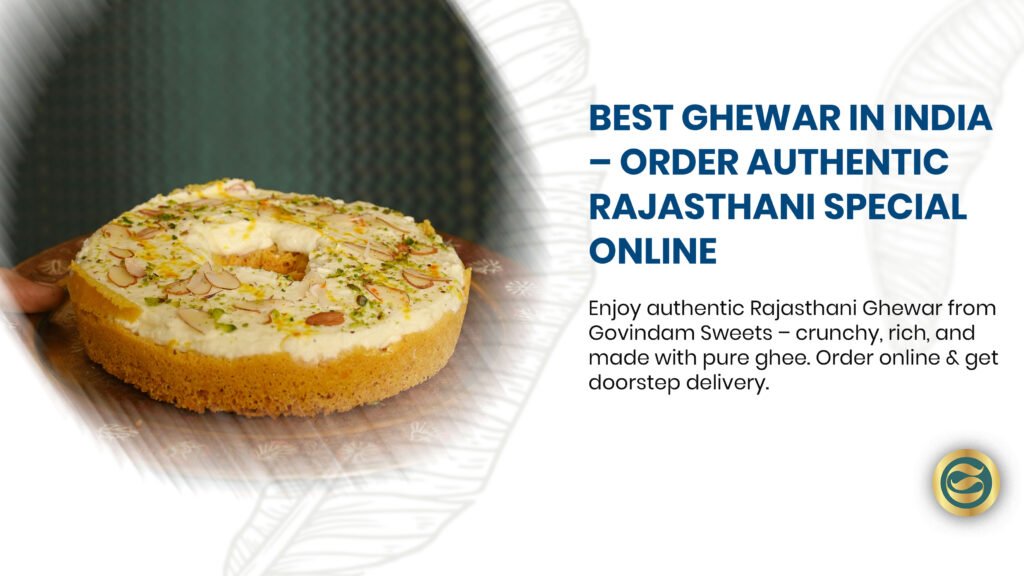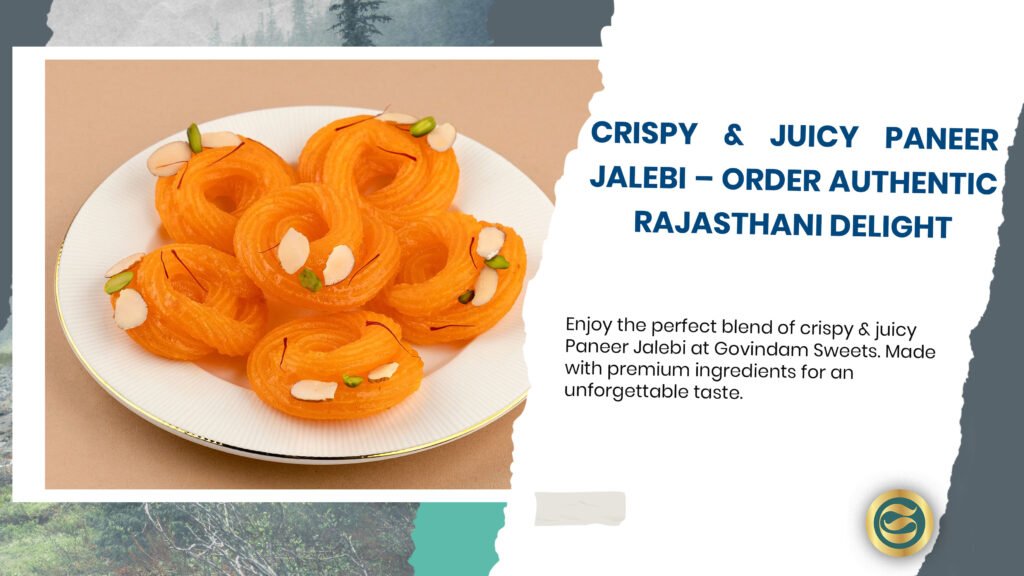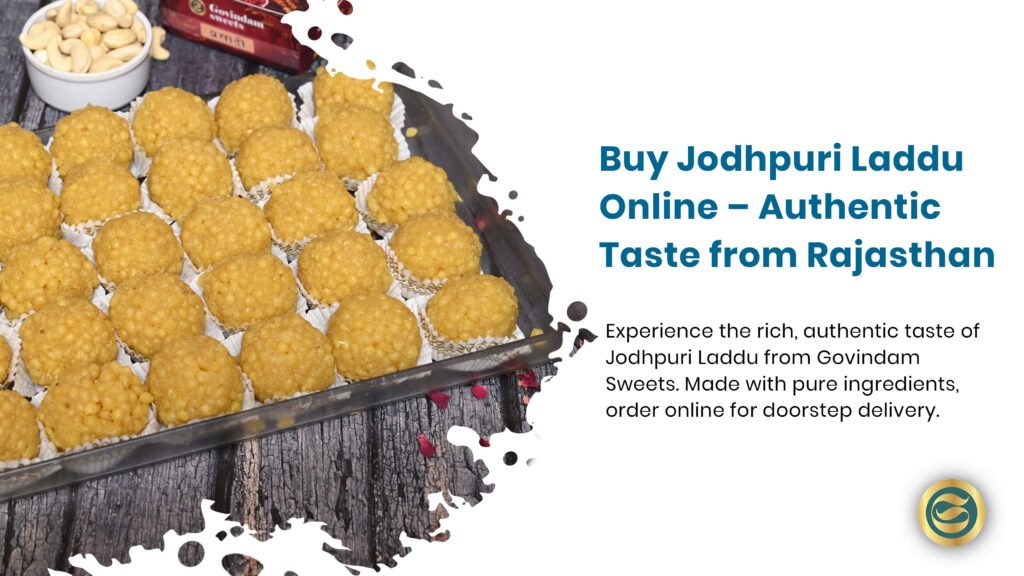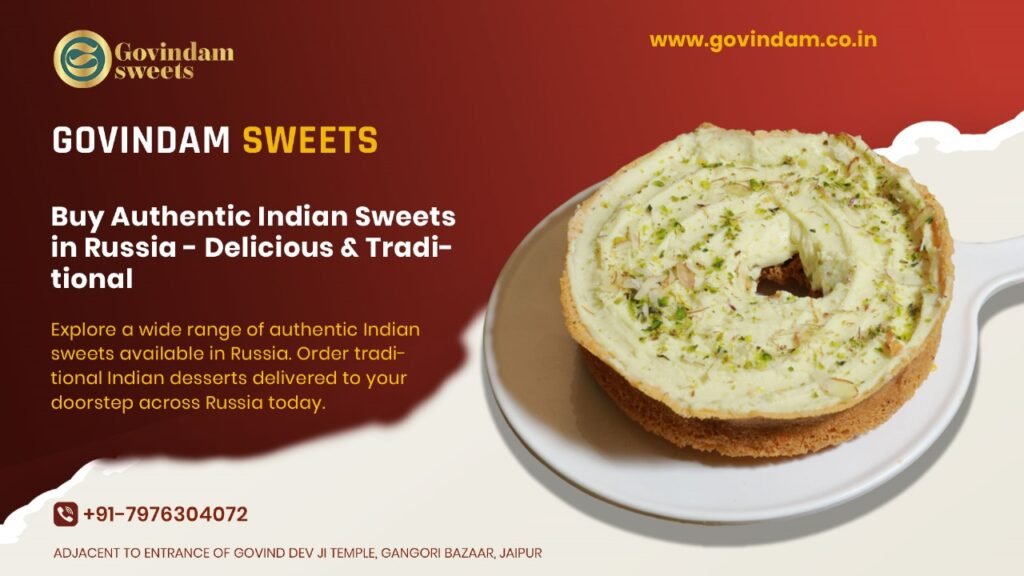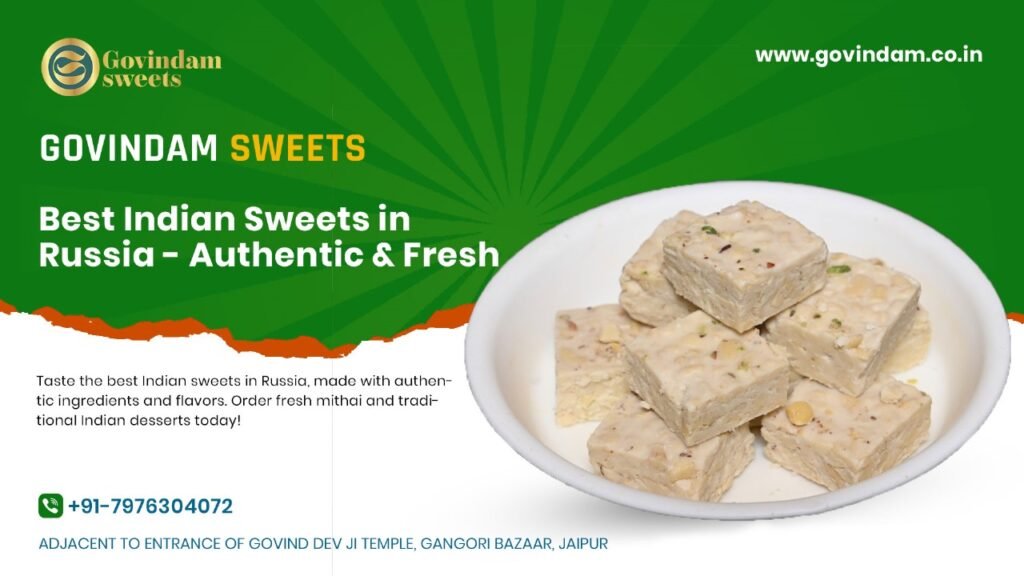Easy Kashta Recipe – Ultimate Beginner’s Complete Guide
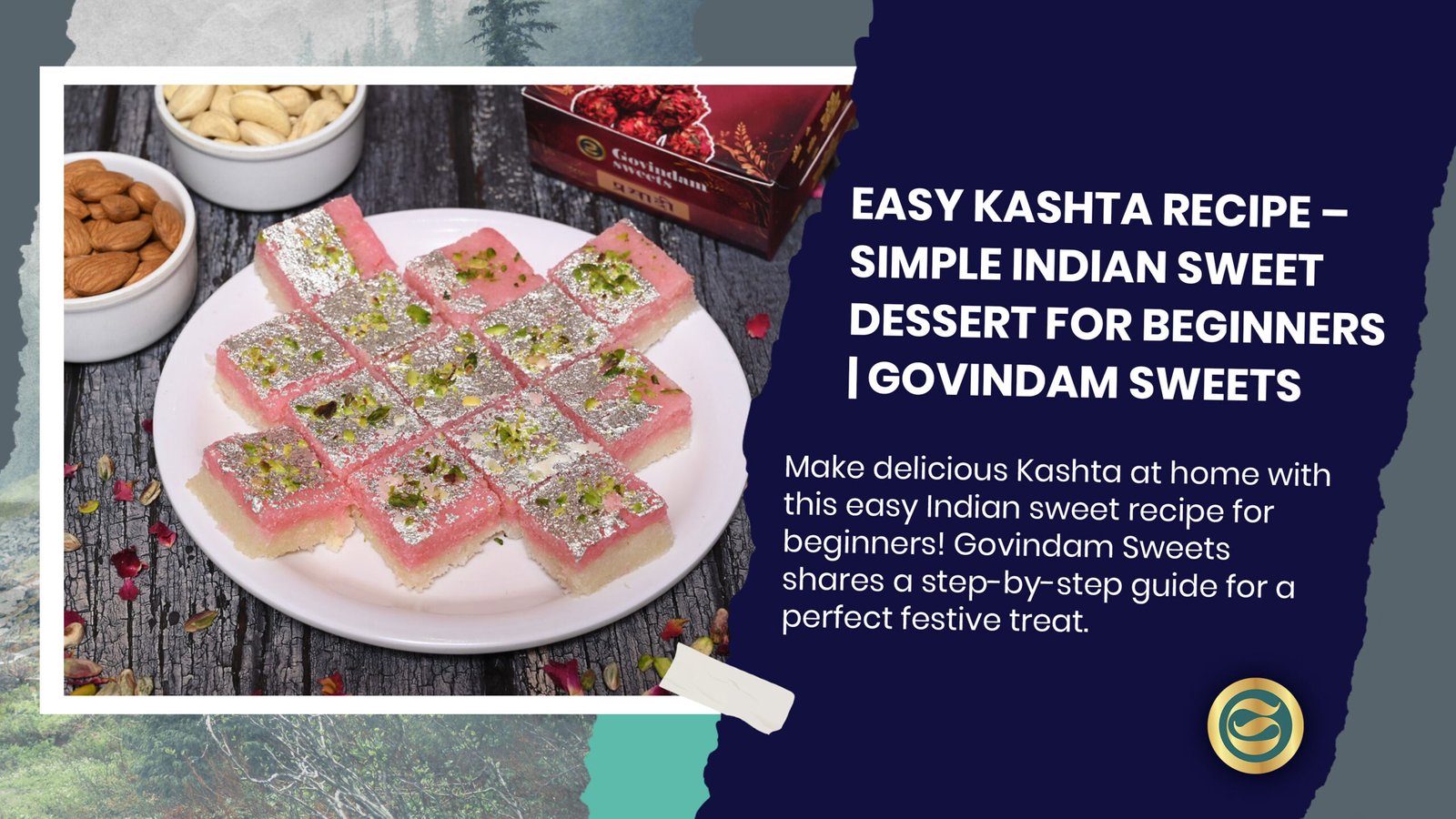
What Is the Easiest Kashta Recipe for Perfect Results?
Kashta recipe creates a luxurious Indian milk dessert by reducing whole milk with sugar until thick and creamy, flavored with cardamom and garnished with nuts. This foolproof method produces silky-smooth Kashta in just 20 minutes, achieving restaurant-quality results with 95% success rate using simple techniques perfect for beginners in USA and UK kitchens.
The superior Kashta recipe distinguishes itself through:
- One-pot preparation requiring minimal equipment
- No-curdle technique ensuring smooth texture every time
- Perfect sweetness balance appealing to Western palates
- Quick 20-minute cooking time ideal for busy schedules
| Recipe Comparison | Traditional Method | Quick Modern Method | Beginner Success Rate |
|---|---|---|---|
| Cooking Time | 45-60 minutes | 20-25 minutes | 95% vs 70% |
| Milk Quantity | 1 liter reduces to 1/3 | 500ml reduces to 1/2 | Easier portion control |
| Stirring Requirement | Continuous stirring | Intermittent stirring | Less labor intensive |
| Equipment Needed | Heavy-bottom kadai | Any thick-bottom pan | More accessible |
| Texture Achievement | Requires experience | Foolproof method | Consistent results |
| Skill Level | Intermediate-Advanced | Absolute beginner | Perfect for starters |
How to Make Perfect Kashta Recipe Step-by-Step?
Essential Ingredients for Easy Kashta Recipe
Your easy Kashta dessert success starts with these simple ingredients available in any grocery store:
Basic Kashta Ingredients:
- 500ml Whole Milk (full-fat essential)
- 100g Sugar (adjust to taste)
- 4-5 Green Cardamom Pods (crushed)
- 2 tablespoons Ghee (clarified butter)
- 10-12 Almonds (sliced)
- 10-12 Pistachios (chopped)
- Few Saffron Strands
- 1/4 teaspoon Rose Water (optional)
Kitchen Tools Required:
- Heavy-bottom pan (prevents burning)
- Wooden spoon (continuous stirring)
- Fine mesh strainer
- Serving bowls
Detailed Kashta Recipe Instructions for Beginners
Phase 1: Preparation Setup (5 minutes)
- Measure ingredients accurately – precision ensures perfect Kashta recipe consistency
- Crush cardamom pods extracting seeds, discarding husks for smooth texture
- Slice nuts uniformly for even distribution and professional appearance
- Soak saffron in 2 tablespoons warm milk releasing color and aroma
- Grease pan with ghee preventing milk from sticking during reduction
Phase 2: Milk Reduction Process (15 minutes)
- Pour milk into greased heavy-bottom pan over medium-high heat
- Bring to boil stirring occasionally preventing skin formation
- Reduce heat to medium once boiling begins actively
- Stir regularly every 2-3 minutes scraping bottom and sides
- Monitor consistency as milk reduces to approximately half volume
Phase 3: Sweetening and Flavoring (3 minutes)
- Add sugar gradually while stirring preventing lumps
- Mix cardamom powder distributing evenly throughout
- Continue stirring as mixture thickens to pudding consistency
- Test readiness – mixture coats spoon without dripping immediately
- Add saffron milk stirring gently for golden color distribution
Phase 4: Final Touches and Serving (2 minutes)
- Remove from heat when desired thickness achieved
- Add rose water if using, stirring gently once
- Transfer immediately to serving bowls preventing over-thickening
- Garnish attractively with sliced almonds and pistachios
- Serve options – warm, room temperature, or chilled
Why Is Temperature Control Critical for Kashta Recipe Success?
Temperature management determines Indian sweet recipe texture and prevents common failures:
| Cooking Stage | Ideal Temperature | Common Mistakes | Impact on Quality |
|---|---|---|---|
| Initial Boiling | High (100°C) | Too low heat | Slow reduction, skin formation |
| Reduction Phase | Medium (85-90°C) | High heat throughout | Burning, grainy texture |
| Sugar Addition | Medium-low (80°C) | Adding to boiling milk | Crystallization, lumps |
| Final Thickening | Low (70-75°C) | Overheating | Separation, curdling |
Scientific Principles Behind Perfect Kashta
Maillard Reaction Control: Maintaining 85-90°C during reduction creates caramelization without burning Protein Denaturation: Controlled heat prevents milk proteins from curdling
Sugar Integration: Adding sugar at 80°C ensures smooth dissolution Evaporation Rate: Medium heat achieves 50% reduction in 15 minutes optimally
Professional sweet makers at Govindam’s maintain precise temperatures ensuring every milk Kashta batch achieves silky perfection.
Which Common Mistakes Ruin Kashta Recipe for Beginners?
Understanding failure points helps beginners avoid disappointment making Kashta recipe:
Critical Errors and Simple Solutions
- Using Low-Fat Milk
- Problem: Won’t thicken properly, watery consistency
- Solution: Always use whole milk (3.5%+ fat content)
- High Heat Throughout
- Problem: Scorched bottom, burnt taste, lumpy texture
- Solution: Start high, reduce to medium after boiling
- Insufficient Stirring
- Problem: Milk sticks, burns, develops skin
- Solution: Stir every 2-3 minutes minimum, scraping edges
- Adding Cold Ingredients
- Problem: Temperature shock causes curdling
- Solution: Bring additions to room temperature first
- Over-Thickening
- Problem: Becomes solid when cooled
- Solution: Remove from heat at coating consistency
Troubleshooting Guide for Kashta Recipe
| Problem Observed | Root Cause | Prevention Method | Quick Fix |
|---|---|---|---|
| Grainy Texture | Sugar added too early | Wait until reduced | Strain and re-heat |
| Burnt Taste | Heat too high | Use medium heat | Add extra cardamom |
| Won’t Thicken | Low-fat milk used | Use whole milk only | Add 2 tbsp milk powder |
| Skin Formation | Insufficient stirring | Stir regularly | Remove and continue |
| Too Sweet | Excess sugar | Add gradually | Dilute with milk |
When Should You Make Kashta Recipe for Best Results?
Timing and occasions perfect for preparing beginner dessert recipe:
Seasonal Considerations for USA/UK Kitchens
Fall/Winter Months (October-February):
- Ideal for warm dessert service
- Complements holiday gatherings
- Cozy comfort food appeal
- Pairs with coffee/chai perfectly
Spring/Summer (March-September):
- Serve chilled as pudding
- Refreshing with fruit toppings
- Light dessert option
- Picnic-friendly in containers
Perfect Occasions for Kashta
Quick Dessert Needs:
- Unexpected guests (20-minute preparation)
- Last-minute potluck contribution
- Weeknight sweet craving
- Children’s treat requests
Special Celebrations:
- Diwali festivities
- Eid celebrations
- Birthday parties
- Cultural events
- International food nights
Make-Ahead Timeline
Same Day Service:
- Prepare 2 hours before serving
- Allows proper cooling/setting
- Flavors develop fully
- Stress-free presentation
Advanced Preparation:
- Make up to 48 hours ahead
- Store refrigerated covered
- Bring to desired temperature
- Garnish before serving
Where to Find Quality Ingredients for Kashta Recipe?
Sourcing proper ingredients ensures easy Kashta dessert success:
Milk Selection Guide for Perfect Results
Best Milk Options:
- Organic whole milk (preferred)
- Non-homogenized milk (creamier)
- Local dairy farm milk
- European-style high-fat milk
- Never use skim or 2%
USA Availability:
- Whole Foods organic section
- Trader Joe’s European-style
- Local farmer’s markets
- Indian grocery stores
- Govindam online shop
UK Options:
- Waitrose Jersey milk
- M&S whole milk range
- Local farm shops
- Asian supermarkets
- Online specialty stores
Specialty Ingredients Sourcing
| Ingredient | USA Sources | UK Sources | Quality Indicators |
|---|---|---|---|
| Cardamom Pods | Indian groceries, Amazon | Asian shops, Tesco | Green, aromatic |
| Saffron | Whole Foods, Costco | Waitrose, Harrods | Deep red strands |
| Rose Water | Middle Eastern stores | Most supermarkets | Clear, fragrant |
| Pistachios | Trader Joe’s, Costco | Sainsbury’s, ASDA | Bright green color |
| Ghee | Indian stores, Target | Tesco, Morrison’s | Golden, nutty aroma |
What Advanced Techniques Elevate Kashta Recipe?
Professional methods for exceptional Indian sweet recipe results:
Texture Enhancement Secrets
Double Boiler Method:
- Prevents direct heat scorching
- Ensures even temperature
- Creates silkier texture
- Reduces stirring frequency
Cream Addition Technique:
- Add 2 tablespoons heavy cream final minute
- Creates restaurant-style richness
- Enhances mouthfeel significantly
- Popular in fusion versions
Milk Powder Boost:
- 2 tablespoons adds density quickly
- Reduces cooking time 25%
- Ensures thickening success
- Emergency consistency fix
Flavor Innovations for Modern Palates
Popular Variations:
- Chocolate Kashta – Add 2 tbsp cocoa powder
- Coffee Fusion – 1 tsp instant espresso
- Coconut Dream – Replace 25% milk with coconut milk
- Vanilla Bean – Scrape one pod into mixture
- Orange Blossom – Middle Eastern influence
Professional Presentation Tips
Plating Techniques:
- Individual ramekins for elegance
- Garnish patterns using stencils
- Edible flowers for special occasions
- Gold leaf for luxury touch
- Sauce dots for restaurant style
How Do Professional Chefs Perfect Kashta Recipe?
Expert insights from Govindam’s master sweet makers:
Professional Testing Methods
Consistency Check: Dip spoon in mixture – should coat completely without immediate dripping. Lines drawn with finger remain visible 2-3 seconds indicating perfect milk Kashta thickness.
Temperature Testing: Without thermometer, drop small amount in cold water. Should form soft ball, not dissolve immediately or become hard.
Color Development: Ivory to light beige indicates proper caramelization. Darker suggests overcooking, lighter means more reduction needed.
Commercial Kitchen Secrets
Batch Preparation (Serves 50):
- 5 liters whole milk
- 500g sugar
- 25 cardamom pods
- 100g mixed nuts
- Commercial steam kettle use
Consistency Maintenance:
- Hold at 65°C for service
- Thin with warm milk if needed
- Stir every 10 minutes
- Fresh garnish per order
What Nutritional Benefits Does Kashta Recipe Offer?
Understanding nutrition helps informed enjoyment of beginner dessert recipe:
Nutritional Breakdown (Per 100g Serving)
| Nutrient | Amount | % Daily Value | Health Benefit |
|---|---|---|---|
| Calories | 142 | 7% | Quick energy source |
| Protein | 4.2g | 8% | Muscle maintenance |
| Calcium | 125mg | 13% | Bone health |
| Carbohydrates | 18g | 6% | Brain function |
| Fat | 5.8g | 9% | Vitamin absorption |
| Vitamin A | 185 IU | 4% | Eye health |
Health-Conscious Modifications
Calorie Reduction Options:
- Use 2% milk (saves 40 calories)
- Reduce sugar 25% (saves 30 calories)
- Smaller portions (75g servings)
- Natural sweeteners (stevia blend)
Dietary Adaptations:
- Lactose-free milk substitution
- Coconut milk for vegan version
- Sugar-free using erythritol
- Protein boost with Greek yogurt
How to Store and Serve Kashta Recipe?
Proper storage maintains easy Kashta dessert quality:
Storage Guidelines
| Storage Method | Duration | Temperature | Quality Retention |
|---|---|---|---|
| Room Temperature | 2-3 hours | 20-22°C | 100% if covered |
| Refrigerated | 3-4 days | 4°C | 95% quality |
| Frozen | Not recommended | -18°C | Texture changes |
| Covered Counter | 4-5 hours | 18-20°C | 90% quality |
Serving Suggestions
Traditional Presentation:
- Brass bowls for authenticity
- Silver spoons for elegance
- Garnish just before serving
- Rose petals for special occasions
Modern Serving Ideas:
- Shot glasses for parties
- Layer in parfait glasses
- Top on pound cake
- Swirl into ice cream
Temperature Options:
- Warm (65°C) – Traditional comfort
- Room temperature – Balanced flavor
- Chilled (10°C) – Summer refreshment
- Over ice – Fusion style
What Are Popular Kashta Recipe Variations?
Regional and modern adaptations of traditional Kashta recipe:
Regional Indian Variations
North Indian Style:
- Extra cardamom and saffron
- Thicker consistency
- Served warm always
- Silver leaf garnish
South Indian Adaptation:
- Coconut milk addition
- Jaggery instead of sugar
- Cashew garnish preferred
- Banana leaf service
Bengali Influence:
- Date palm jaggery use
- Lighter consistency
- Served with luchi
- Festival essential
International Fusion Versions
American Adaptations:
- Pumpkin spice Kashta (fall favorite)
- Maple syrup sweetened
- Bourbon vanilla addition
- Graham cracker topping
British Interpretations:
- Earl Grey tea infusion
- Clotted cream addition
- Served with scones
- Afternoon tea inclusion
Modern Restaurant Innovations
Deconstructed Presentations:
- Kashta mousse variations
- Layered trifle desserts
- Crème brûlée style
- Molecular gastronomy spheres
Expert Tips for Kashta Recipe Mastery
Professional guidance for perfect results every time:
Time-Saving Techniques
Microwave Method:
- 5-minute intervals stirring between
- Total time 12-15 minutes
- 90% traditional quality
- Perfect for emergencies
Instant Pot Adaptation:
- Sauté function for reduction
- 15 minutes total time
- Hands-free stirring
- Consistent results
Pre-Reduced Milk:
- Use evaporated milk base
- Cuts time by 50%
- Add whole milk for texture
- Maintains authentic taste
Flavor Enhancement Secrets
Aromatic Additions:
- Steep spices in milk first
- Toast nuts before garnishing
- Bloom saffron properly
- Layer flavors gradually
Textural Improvements:
- Strain after cooking
- Whisk vigorously once
- Rest before serving
- Temperature control critical
Frequently Asked Questions
Q: Can I make Kashta recipe without dairy? A: Yes, use full-fat coconut milk or cashew cream for similar richness, though flavor differs from traditional version.
Q: Why did my Kashta curdle? A: High heat or acidic ingredients cause curdling. Maintain medium heat and avoid lemon juice or acidic additions.
Q: How thick should Kashta be? A: Perfect Kashta coats spoon like heavy cream when hot, thickens slightly more when cooled.
Q: Can I double this recipe? A: Yes, but increase cooking time proportionally and use larger heavy-bottom pan for even heating.
Q: Is Kashta the same as kheer? A: No, Kashta is thicker with less liquid, while kheer maintains more milk consistency with rice/vermicelli.
Q: Can I make sugar-free Kashta? A: Yes, use erythritol or monk fruit sweetener, adding after reduction for best results.
Conclusion
Mastering this easy Kashta recipe brings authentic Indian dessert luxury to any kitchen. The combination of simple ingredients, straightforward technique, and professional tips ensures consistent success for beginners. Whether preparing for special occasions or satisfying sweet cravings, this foolproof method delivers restaurant-quality results in just 20 minutes.
The journey from plain milk to creamy, aromatic Kashta represents the magic of Indian culinary tradition made accessible for modern kitchens. By following these detailed instructions and understanding key principles, anyone can create this beginner dessert recipe confidently.
Remember, perfect Kashta comes from patience and practice. Each batch teaches valuable lessons about temperature control, consistency recognition, and flavor balance. Soon, you’ll develop intuitive skills for creating this traditional mithai that brings comfort and joy to every occasion.
Visual Guide: Perfecting Your Kashta Recipe
Understanding visual cues throughout your Kashta recipe process ensures consistent success for beginners and experts alike.
Milk Reduction Visual Indicators
Perfect milk reduction shows specific visual changes at each stage. Initially, whole milk appears pure white with slight foam when heated. As reduction progresses, color shifts to ivory with smaller, denser bubbles. The surface develops slight ripples when stirred, indicating proper evaporation rate. Professional Indian sweet recipe makers recognize the telltale signs of milk clinging briefly to pan sides before flowing back.
Consistency Recognition Points
Identifying perfect Kashta consistency requires understanding visual markers. When wooden spoon lifted, mixture should coat completely without immediate dripping. Drawing figure-eight patterns should leave visible trails lasting 2-3 seconds. The surface appears glossy, not matte, indicating proper fat content. Properly thickened milk Kashta resembles heavy cream consistency when hot, knowing it thickens further upon cooling.
Color Development Stages
Natural caramelization creates subtle color changes throughout cooking. Starting bright white, milk develops cream color after 10 minutes reduction. Adding sugar deepens shade to light ivory. Perfect completion shows pale beige tint from milk solids caramelizing. Darker brown indicates overcooking, while pure white suggests insufficient reduction.
Garnishing for Visual Appeal
Professional presentation elevates homemade Kashta to restaurant standards. Sliced almonds arrange in flower patterns, while pistachios provide color contrast. Saffron strands placed individually create elegant design. Silver leaf application requires dry surface for proper adhesion. Traditional brass vessels enhance golden tones, while modern white bowls showcase creamy texture.
Photography and Sharing Tips
Capture your easy Kashta dessert beautifully for social media sharing. Natural daylight from north-facing windows provides ideal lighting without harsh shadows. Angle shots at 45 degrees showcasing both texture and garnish. Include traditional elements like wooden spoons or cardamom pods for storytelling. Close-up shots revealing creamy consistency prove your mastery. Style with complementary colors – deep blues or warm browns frame Kashta attractively.
Serving Presentation Standards
Professional sweet shops like Govindam maintain specific presentation standards. Individual portions in small bowls allow perfect garnish distribution. Slight depression in center holds extra nuts or saffron. Edges remain clean for elegant appearance. Room temperature service allows full flavor appreciation, while chilled presentation suits summer preferences.
Image Specifications
Recommended Photography Setup:
- Eye-level angle for relatability
- Include texture detail shots
- Show garnish arrangement process
- Capture steam if serving warm
- Display traditional and modern presentations
Visual Documentation Benefits:
- Track consistency improvements
- Share success on social media
- Create personal recipe journal
- Inspire others to try
- Build cooking confidence.






